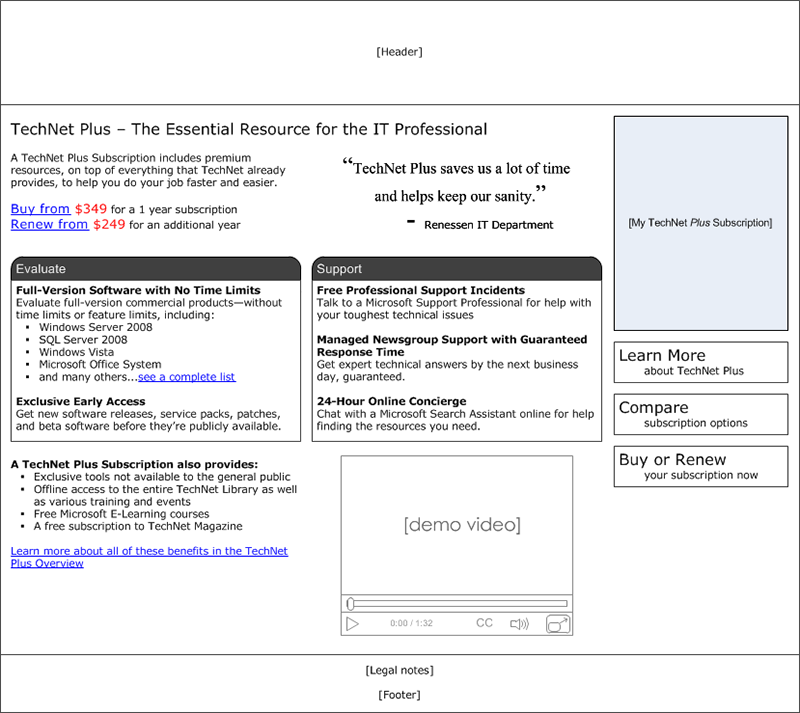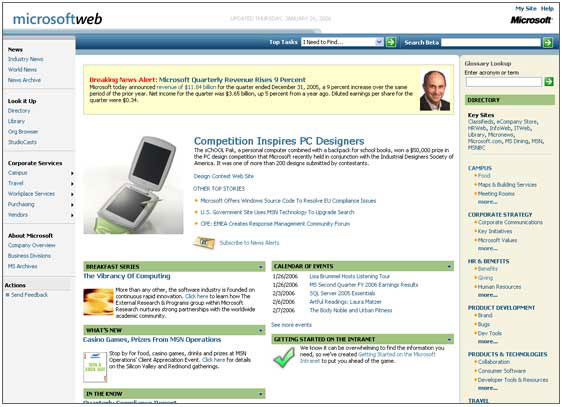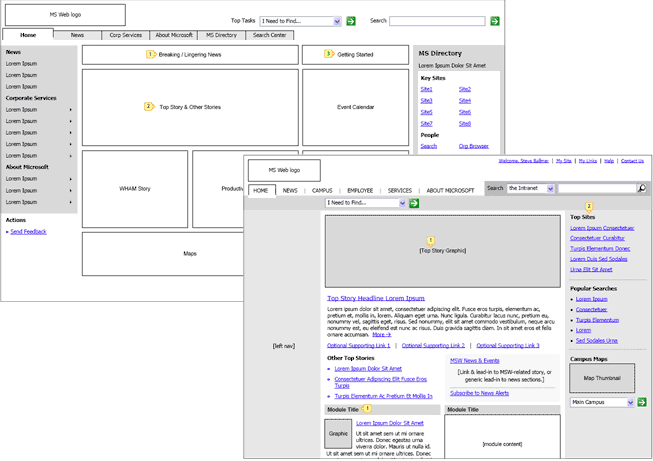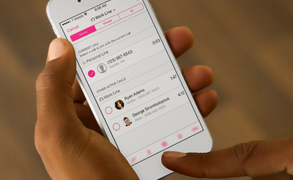Hi. My name is Matthew deStwolinski. I’m a UX guy living in Mercer Island, Washington, the most populated island in a lake in the United States.
What I’m like
I’m driven by curiosity as much as anything. (I’m easily distracted by shiny objects.) I love to delve into one subject after another, connecting dots and bringing new insights to what I do. I try to understand what’s behind the UX decisions we make. For example, on multiple projects, I’ve used research into how the eye moves and reacts to light to help inform how information is displayed on a screen.
My passions include helping people, creative problem solving, and making people laugh. You can see why I love UX so much. The first two are integral to what UX is. And a regular sprinkling of funny comments is perfect for bringing teams and stakeholders together and helping to deal with the inevitable obstacles and headaches we run into. I find there are very few situations too awkward for a little silliness.
What I do
I’ve been a professional UX designer, strategist, and researcher since 2005. In that time, on a wide variety of sites and apps involving e-commerce, social networking, marketing, online learning, internal business tools, and intranets. I’ve been a UX team of one working out of my home, and I’ve worked with over a dozen other designers on a single project. I’ve been embedded in full scrum teams, and I’ve worked in agencies delivering polished deliverables to clients. Recently, I was the lead for a team of six other UX designers.
If that doesn’t make sense…
I make apps and websites easier to use.



















